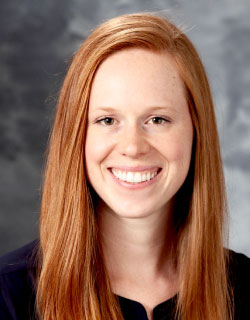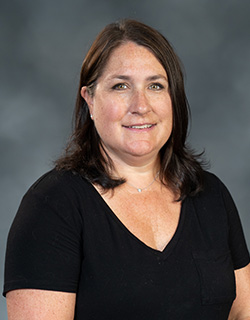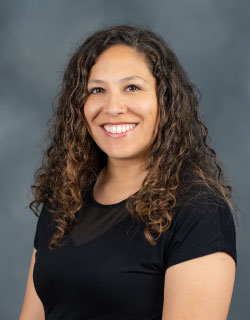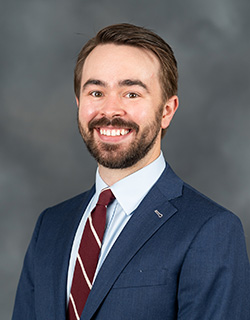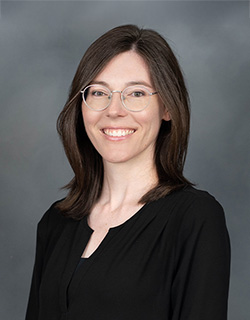Adult Dysphagia Multidisciplinary Team
Adult Dysphagia Multidisciplinary Team
Dysphagia is described as condition with difficulty or pain in swallowing food, liquid, or managing secretions. Dysphagia may make it difficult to intake enough calories and/or fluids to nourish the body. This may lead to additional or subsequent medical problems.
Dysphagia may occur when there is a problem with the neural control, the physical structure, or the strength of musculature involved in any part of the swallowing process. Food or liquid that enter the airway (trachea), rather than the food pipe (esophagus), may enter the lungs and allow harmful bacteria to grow. This may result in a subsequent lung infection, called aspiration pneumonia. (Ref. 6)
Swallowing disorders may also include the development of a pocket outside the esophagus caused by weakness in the esophageal wall. The esophagus may also be too narrow, causing food to feel “stuck.” This food may prevent other food or liquids from entering the stomach effectively and efficiently.
Although dysphagia can occur at any age, it’s diagnosis, treatment, and management, depends on the cause of the dysphagia. The National Foundation of Swallowing Disorders has placed the incidence of dysphagia at 22 percent for the population above the age of 50. (Ref. 1)
Learn About Adult Dysphagia
Structural causes of dysphagia include tumor, post-surgical swelling, infection, esophageal diverticulum, Zenker’s diverticulum, bone osteophytes, surgical hardware around the pharynx and the esophagus, vascular compression, rings and webs, reflux, pectic stricture, previous trauma, or surgery in the esophagus.
Functional causes of dysphagia include stroke or cerebrovascular accident, peripheral neuropathies, amyotrophic lateral sclerosis, post-poliomyelitis, multiple sclerosis, achalasia, esophageal spasm, esophageal motility disorders, idiopathic apersistalsis, diabetes, Parkinson’s disease, medications, esophagitis, and scleroderma.
• Coughing during eating or drinking
• Coughing after eating or drinking
• Significant Weight loss (>30 pounds) within a short period of time
• Dehydration due to difficulty with swallowing
• Wet or gurgling voice either during eating/drinking or after eating/drinking
• Painful swallowing (Odynophagia)
• Hoarseness in voice quality
• Sensation of food being stuck behind breastbone
• Sensation of food getting stuck in the throat
• Persistent choking sensation
• Food regurgitating back to the mouth or throat
• Recurrent pneumonia
• Lengthy feeding or mealtimes
• Difficulty swallowing pills
The various symptoms of dysphagia encompass and/or involve several organ systems, including the oral cavity, oropharynx, esophagus, and the stomach. The Milton J. Dance Head and Neck Center offers a comprehensive, multidisciplinary, and integrated team for the management and treatment of dysphagia. The Adult Dysphagia Multidisciplinary Team is composed of ENT doctors, Gastroenterologists, Laryngologists, Nutritionists, Social Services, and Speech-Language and Swallowing Pathologists.
Depending upon the patient's presentation, work-up may include the following:
- Modified Barium Swallow (MBS) or Video Fluoroscopic Swallowing Exam (VFSE): Noninvasive exam that examines the safety and effectiveness of swallowing function by using different textures and thicknesses of barium coated food with fluoroscopy. (Ref. 2)
- Nasopharyngoscopy: A diagnostic medical procedure that involves the examination of internal structures of your nose and throat. It is a flexible instrument that is inserted in the nose to examine the nasal cavity, nasopharynx, oropharynx, and larynx. (Ref. 3)
- Esophagogastroduodenoscopy (EGD): A flexible scope that is passed in your oral cavity under sedation or local anesthesia to examine your pharynx, esophagus, stomach, and duodenum. (Ref. 4)
- Functional endoscopic evaluation of swallowing (FEES): A flexible scope that is inserted through your nose. This is followed by swallowing of food and liquid. During this examination, the SLP examines the passage of food and liquid, coordination of swallowing in the oropharynx, and risk of aspiration. (Ref. 4)
- Esophageal manometry: A small, 4mm diameter tube that is inserted in your nose and passed down to your stomach to monitor the function of the esophagus, lower esophageal sphincter, esophageal pressures, and esophageal muscular peristalsis. The patient’s nose is anesthetized with local anesthesia. (Ref. 5)
- Imaging Scan like CT scan or MRI scans may be requested if clinically indicated.


















